They’re the flavor boosters you reach for on autopilot—creamy, tangy, rich, and always waiting in the fridge door. But behind those tightly sealed caps and familiar labels, a silent deadline is ticking. These 9 well-loved sauces may seem eternal, but many actually turn questionable far sooner than you think. Whether it’s the homemade BBQ from last month’s cookout or that jar of pesto “you swear just opened,” what lingers could be quietly spoiling. In this guide, we’re exposing the hidden shelf lives of your favorite condiments—and revealing why it’s time to clean out your fridge before your next meal.
1. Homemade Mayonnaise
That jar of homemade mayo might be more dangerous than you think. While store-bought versions contain preservatives that extend shelf life to 2-3 months after opening, your homemade creation only lasts 3-7 days!
The raw eggs in DIY mayo create the perfect environment for salmonella and other harmful bacteria to multiply, especially when left at room temperature even briefly during use. Many home cooks mistakenly believe the vinegar or lemon juice preserves it indefinitely.
Store homemade mayo in the coldest part of your fridge in an airtight container, and write the date on it with a marker. When in doubt, throw it out!
2. Aioli
Fresh aioli – that delicious garlicky spread – has a shockingly brief lifespan. Commercial versions with preservatives might last up to 2 months, but homemade aioli should be consumed within a week at most.
Beyond the egg-based risks similar to mayonnaise, garlic introduces additional concerns. Raw garlic in oil creates perfect conditions for botulism bacteria, which can produce dangerous toxins without changing the sauce’s appearance or smell. Many people keep aioli for weeks, unaware of the invisible danger brewing.
For safety, make small batches you’ll use quickly, and never let it sit at room temperature for serving more than 2 hours.
3. Ranch Dressing
Ranch dressing’s creamy goodness comes with a ticking clock. The dairy components in ranch – buttermilk, sour cream, or milk – make it particularly vulnerable to spoilage, with homemade versions lasting just 1-2 weeks.
Even store-bought bottles should be tossed after 1-2 months, despite what many believe. The telltale signs of spoiled ranch include separation, off-odors, or a yellowish tinge, but bacteria can multiply before these visual cues appear.
Refrigerate immediately after use and avoid double-dipping utensils that have touched other foods. Consider portioning homemade ranch into smaller containers so you’re not repeatedly opening and contaminating the main batch.
4. Caesar Dressing
Caesar dressing harbors multiple perishable ingredients that create the perfect storm for rapid spoilage. Traditional recipes contain raw eggs, anchovies, and Parmesan cheese – all prone to bacterial growth when improperly stored.
While commercial versions might last 6-9 months unopened, homemade Caesar should be consumed within 2-7 days. The anchovy paste particularly accelerates deterioration as fish products break down quickly, even when refrigerated.
For longer shelf life, consider pasteurized egg products in homemade versions. Always keep Caesar dressing in the back of the refrigerator where temperatures remain most consistent, not in the door where temperature fluctuations occur with each opening.
5. Pesto
That vibrant green pesto transforms from culinary delight to science experiment faster than most realize. The combination of fresh basil, cheese, pine nuts, and olive oil creates a flavor bomb that deteriorates rapidly – typically within 5-7 days, even when refrigerated.
Oxidation causes the bright green color to darken and fade while the oils can turn rancid. Many home cooks miss these subtle changes, continuing to use pesto well past its prime. The cheese content, especially in traditional recipes using Pecorino or Parmesan, accelerates spoilage.
Extend freshness by adding a thin layer of olive oil on top before refrigerating, or freeze portions in ice cube trays for longer storage.
6. Homemade Marinara
Grandma’s secret marinara recipe might taste amazing, but without commercial preservatives, it’s a ticking time bomb in your refrigerator. Homemade tomato-based sauces typically last just 3-4 days before mold spores find their happy home.
The warm, moist environment combined with the tomatoes’ natural sugars creates ideal conditions for microbial growth. Many people assume the acidity of tomatoes preserves the sauce, but homemade versions often don’t reach the pH levels needed for preservation. The olive oil component can also separate and develop off-flavors.
Portion and freeze extra marinara in freezer-safe containers immediately after cooling for safe long-term storage. Date each container clearly!
7. Homemade BBQ Sauce
That award-winning homemade BBQ sauce might win competitions, but it loses the battle against bacteria after just 1-2 weeks in the fridge. Despite containing vinegar and sometimes alcohol, the sugars and fruit components (like apple or tomato) provide perfect fuel for microbial growth.
Most homemade versions lack sufficient preservatives to prevent spoilage. The earliest signs include fermentation (bubbling or a slightly alcoholic smell), followed by mold growth or an off taste. The thick consistency makes it particularly difficult to detect early spoilage.
For longer shelf life, increase the vinegar ratio slightly or add a commercial preservative like sodium benzoate if you make large batches. Always use clean utensils when serving.
8. Alfredo Sauce
Alfredo sauce’s luxurious blend of cream, butter, and cheese creates a bacterial paradise that spoils with alarming speed. Homemade versions should be consumed within 5-7 days, while even commercial options only last 7-10 days after opening.
The high dairy content makes Alfredo particularly susceptible to souring and curdling. Many home cooks miss the subtle warning signs of spoilage – a slightly sour smell, thickening texture, or tiny specks of mold. The high fat content can also mask off-flavors until the sauce is significantly spoiled.
Never leave Alfredo sauce at room temperature for more than two hours, and store in airtight glass containers rather than plastic, which can absorb odors and oils.
9. Bolognese Sauce
That hearty pot of Bolognese sauce deserves respect – and prompt refrigeration! With ground meat and often milk or cream, homemade Bolognese becomes potentially dangerous after just 3-4 days in the refrigerator.
The combination of proteins from meat and dairy creates multiple pathways for bacterial growth. Many home cooks falsely believe the long cooking process makes it safe for extended storage. Even properly refrigerated, the meat components break down quickly, developing off-flavors and potentially harmful bacteria.
For safety, cool Bolognese quickly after cooking by dividing into smaller containers before refrigerating. Freeze portions you won’t use within 2-3 days in airtight containers, leaving expansion space.
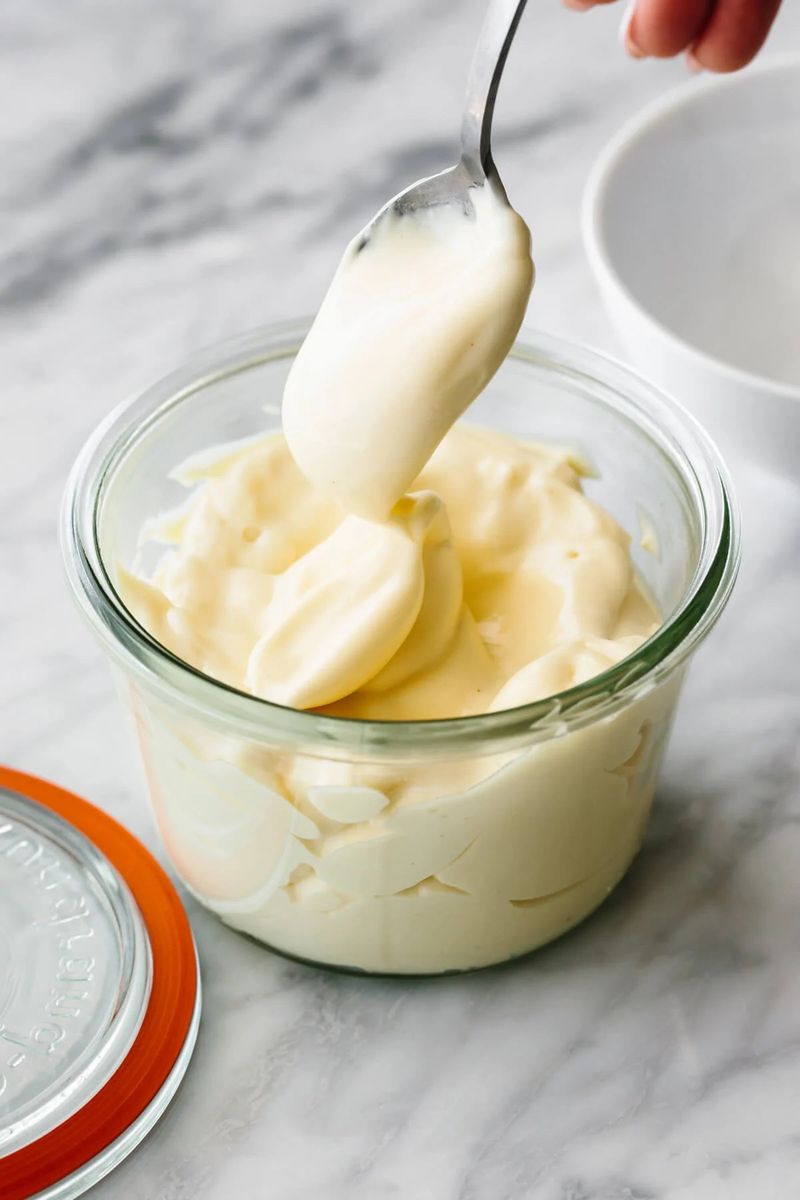
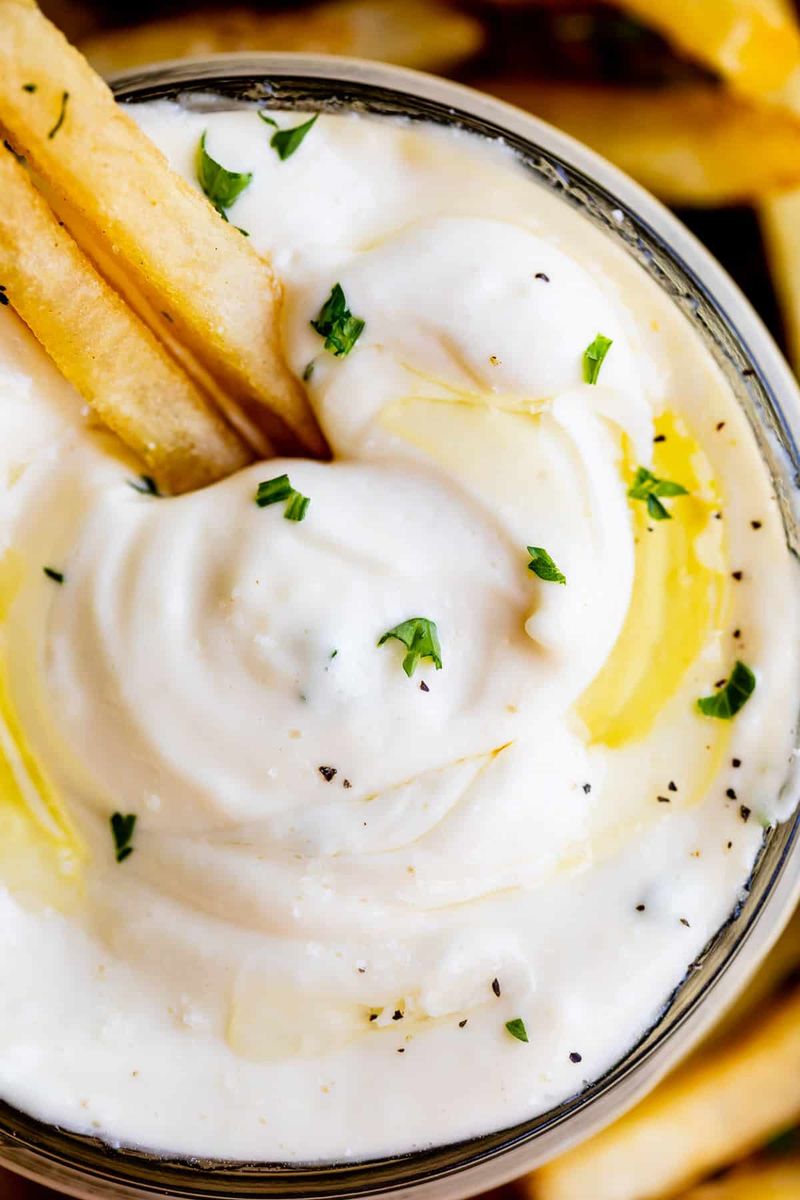
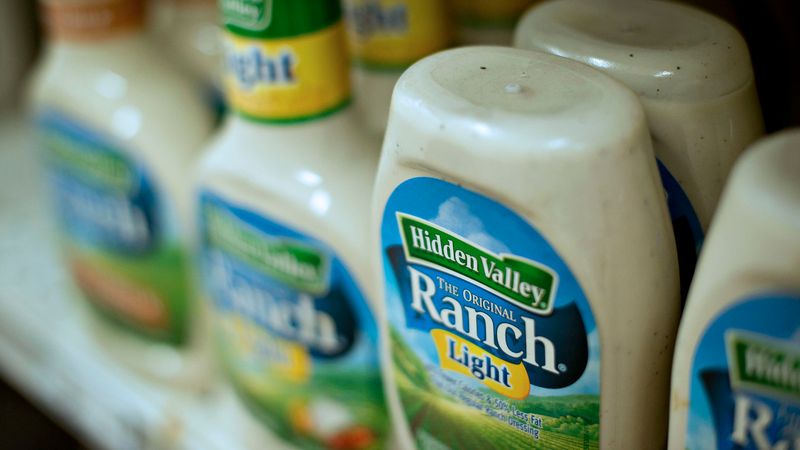
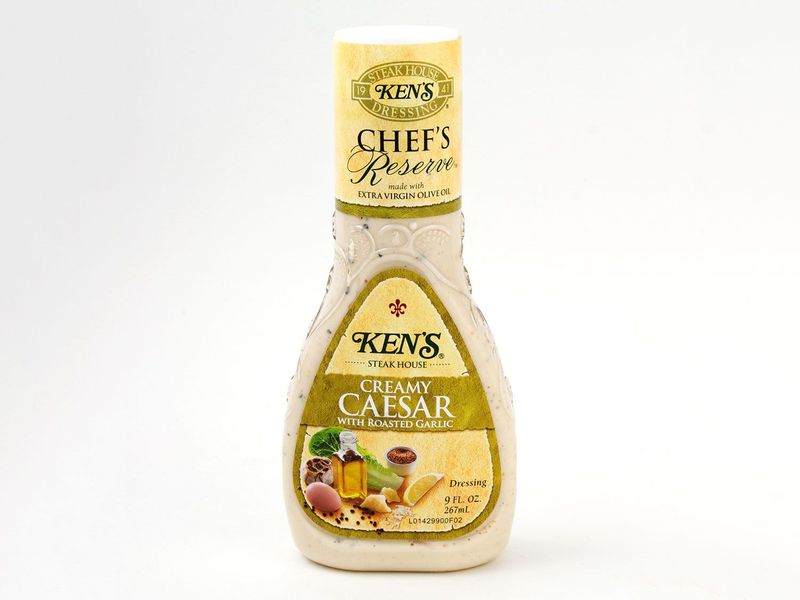
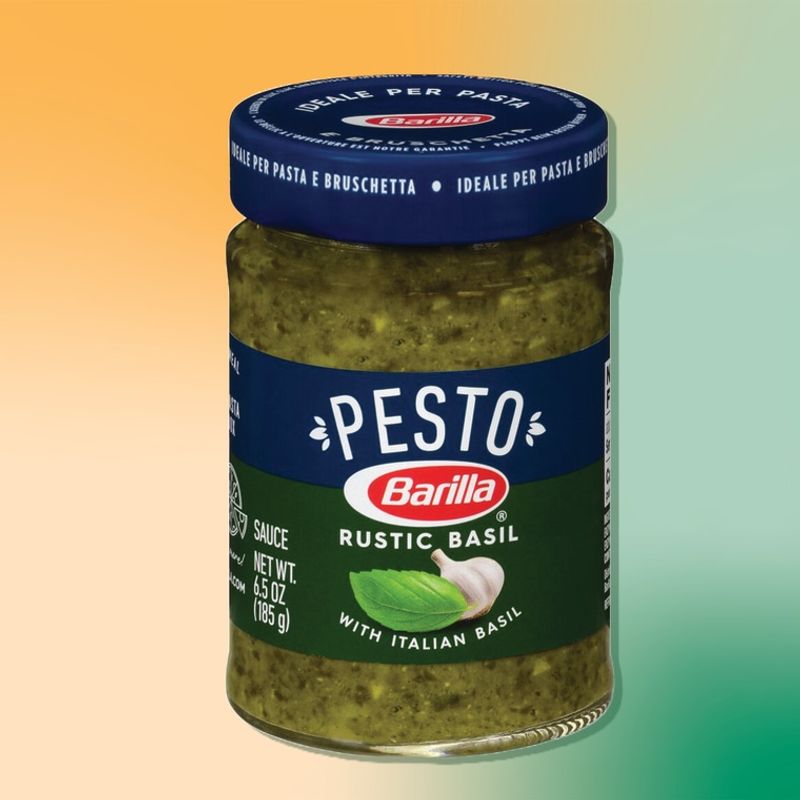
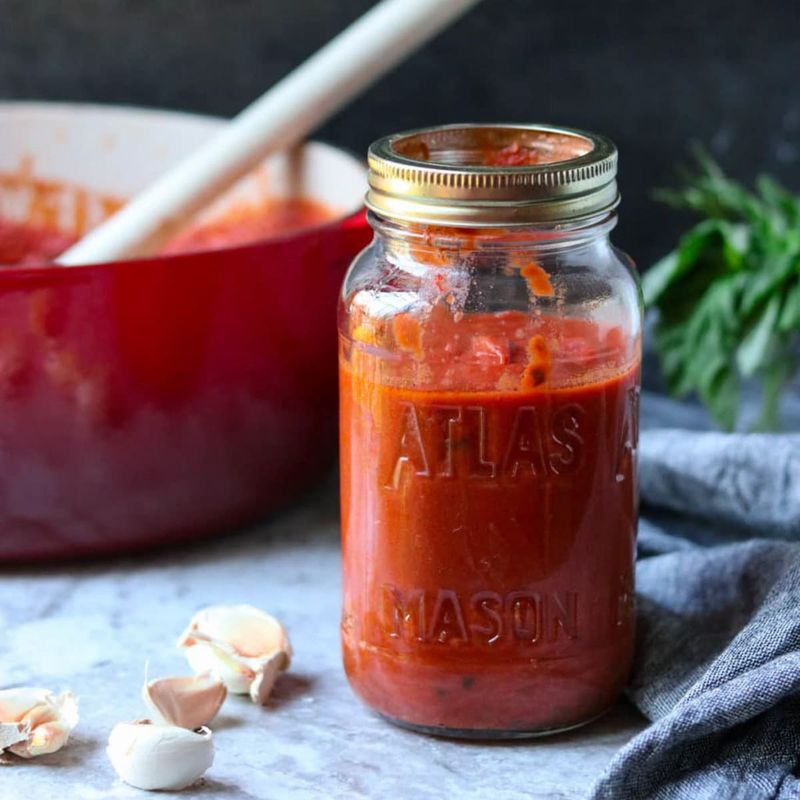
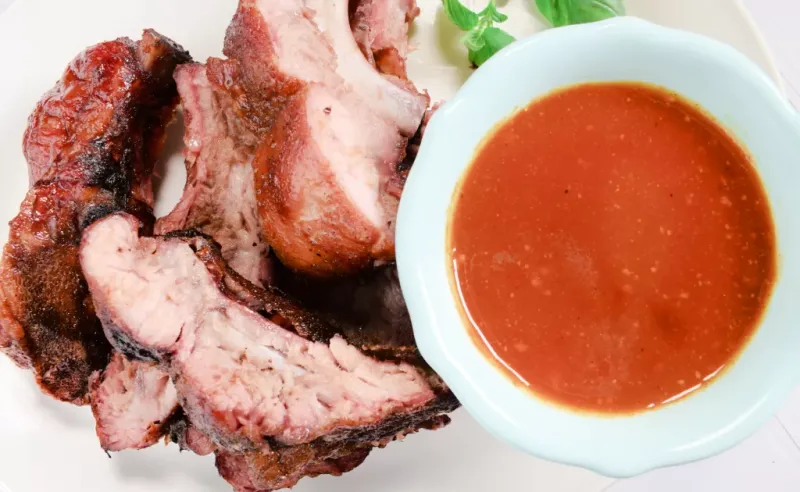
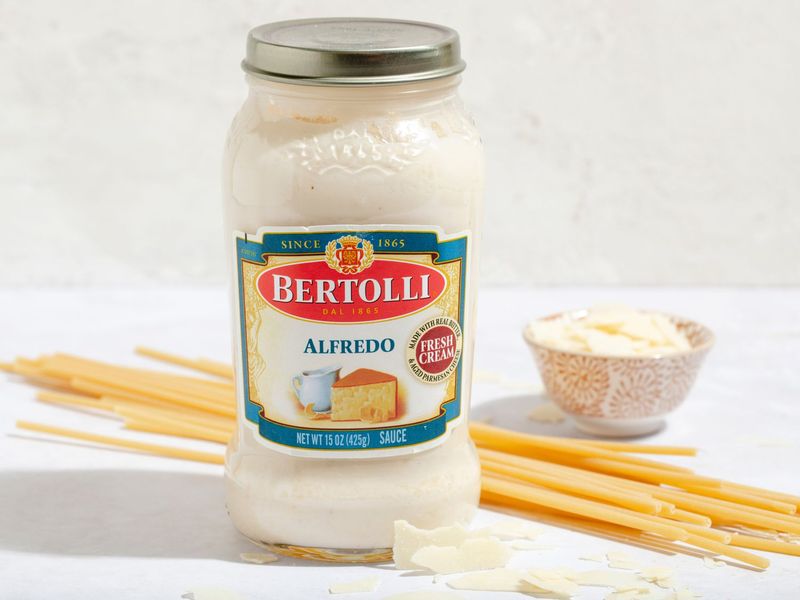
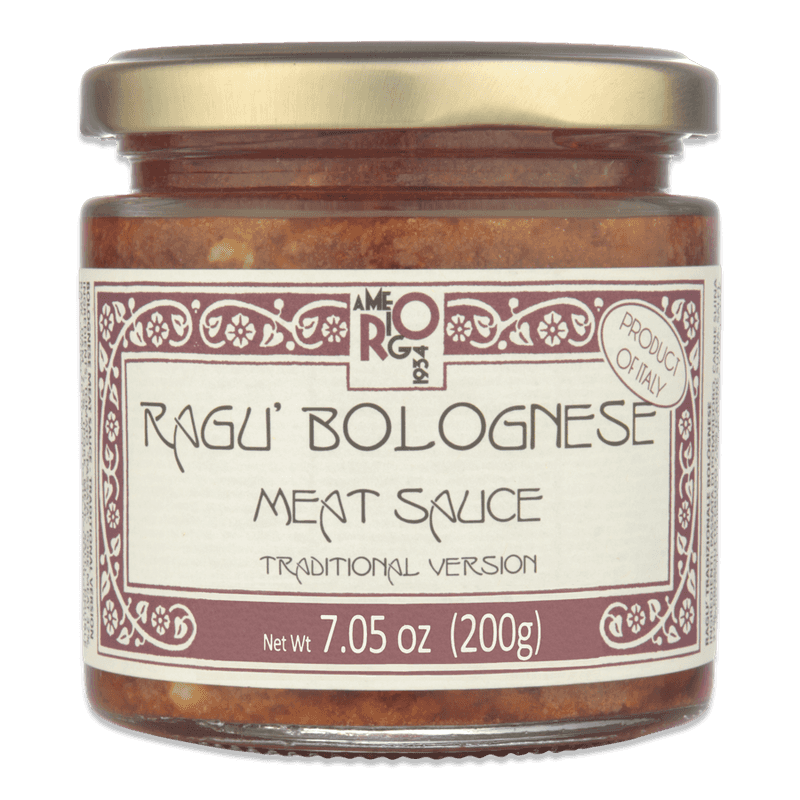
Leave a comment